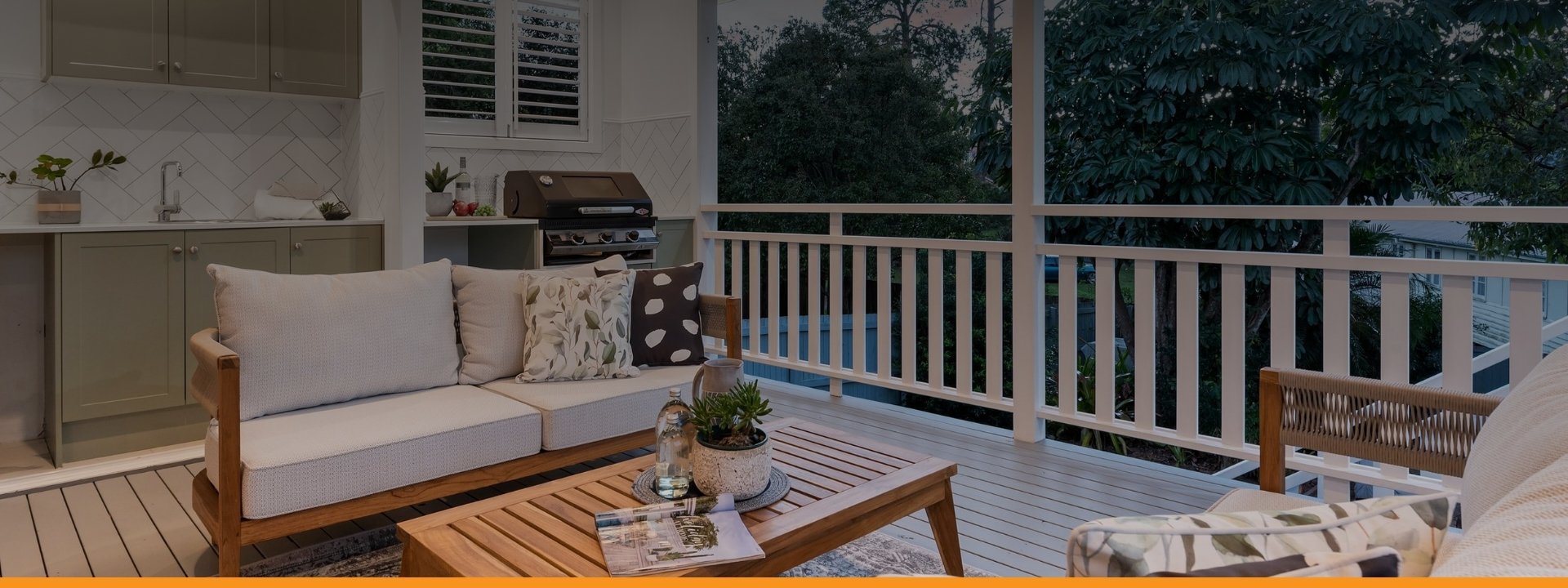
Frequently asked questions.
Helpful Tips
-
Did you know that there are 6 levels of treatment for treated Pine?
Each level of treatment is designed to suit a particular application. The most common of these is H3 and H4.
H1 – Inside use – Protection from some insects, not termites.
H2 – Inside use – Protection from insect attack including termites.
H3 – Exterior above-ground use – Protection from moderate decay (periodic wetting) and termites.
H4 – Exterior in-ground use – Protection from severe decay and termites for landscaping applications.
H5 – Exterior in-ground use – Protection from very severe decay and termites for structural applications.
H6 – Marine use – Protection from prolonged immersion in seawater and most marine borers.
Note:
H1 to H5 cannot be used in permanently wet environments, including areas that are boggy or areas that are susceptible to long periods of high moisture retention.
You must choose the correct Treatment Level for your application.
-
Stick masking tape to your tape measure for jotting down shapes and numbers. That way you won’t forget the length on the way to the saw.
-
To drill a hole in the wall inside your home without making a mess, hold a dustpan underneath, against the wall, OR tape an open envelope to the wall directly below where you drill!
-
Use a small piece of blu-tack to hold small nails in place before hammering them in. No more damaged fingers and the blu-tack can be re-used, over and over!
-
To paint a piece of furniture, always start from the top and work your way down. In this way, if any paint drips accumulate on the base of the piece, they will be covered by the final coat!
-
This is a budget effective way to get great rustic looking timber. To make the stain, add one ream of plain steel wool to a cup of white vinegar and apply to the timber. You will get an aged and weathered look instantly.
-
Place a large magnet inside your pocket and you will be able to attach screws, nails and other metal fasteners to the outside of your pocket for easy access while you are working.
-
When you are finished using gloss paint, place the lid back on firmly and turn it upside down for storage. In this way, the skin will form at the base and not at the top!
-
If you need to disassemble anything for repair purposes or to re-locate, take digital photos of each stage of the disassembly so you can use them for reference when you are reassembling it.
-
To avoid extension cords from disconnecting, loosely knot them. This will allow you to get the job done without any technical interruptions.
